2026 Lexus ES Undergoes Massive Redesign
Lexus recently revealed the 2026 ES sedan at the Shanghai Auto Show, with the car clearly undergoing major design changes that are aimed squarely at making it a hit on the Chinese market. It’s now significantly larger than before and comes exclusively with hybridized or entirely electric powertrains.


Lexus recently revealed the 2026 ES sedan at the Shanghai Auto Show, with the car clearly undergoing major design changes that are aimed squarely at making it a hit on the Chinese market. It’s now significantly larger than before and comes exclusively with hybridized or entirely electric powertrains.
Whereas the previous ES offered a choice between a 3.5-liter V6 or a 2.5-liter I4 hybrid, all trims for the 2026 model year will see some amount of electrification. Considering how Toyota handled the Camry (which likewise uses the TNGA GA-K platform), the hybrid status of the ES isn’t terribly surprising. However, unlike the Toyota, the ES will also see a couple of fully electric variants.

The Shanghai reveal showcased the ES350h, which features the same 2.5-liter and hybrid system from its predecessor. It can be had with either front or all-wheel-drive and boasts an unconfirmed 244 horsepower.
While Lexus hasn’t shared many official specs with Western audiences, Car and Driver claimed that the model was supposed to accelerate to 62 mph (100 kph) in 7.8 seconds with all-wheel drive and 8.0 seconds with front-wheel drive. That's a major downgrade from the V6-equipped models that are currently available on our market. But it’s practically identical to the current ES hybrids. Other outlets have been more generous and are likewise supposing that the 2.5-liter hybrid will be more-or-less the same as what’s found in the Camry.

We’d recommend waiting on the manufacturer to confirm the specs before developing any strong opinions about them. There’s a good chance that things are getting lost in translation and an ever greater likelihood that specifications will vary between the North American and Central Asian market. What details were on offer were also listed as “Preliminary Specifications,” suggesting they could be subject to change.
For the fully electric versions, Lexus chose to display the ES 350e and ES 500e. The former is supposed to feature a single motor, driving the front wheels, and is expected to produce 221 hp. Meanwhile, Lexus ES 500e looks to be the top trim upon launch. It’s a dual-motor setup and is said to offer a combined 376 horsepower. Although it’ll be the undefined and instantaneous torque that’ll be doing the heavy lifting when the pedal is pressed to the floor.

Let’s return to the aforementioned disputes about acceleration. Varying reports had the ES 350e launching to 62 mph anywhere from 6.5 to 8.9 seconds. For the ES 500e, the figures were a slightly narrower 4.0 to 6.0 seconds. Beyond noting that it would be “smooth,” Lexus has said very little pertaining to acceleration in any of the languages we speak.
All ES models will receive a multi-link rear suspension for the first time. Lexus expects this to enhance “both power delivery to the ground and vehicle posture control.” MacPherson struts will serve as the ubiquitous front suspension. Rigidity was similarly said to be improved with reduced vibration vs the current model.

While the battery specs likewise went unannounced, Lexus claimed that the 350e should be able to manage about 300 miles on a single charge with the range of the heavier 500e likely being closer to 250 miles. Assumptions are that it’ll use the same 77-kWh battery pack found in the RZ crossover.
As previously mentioned, the Lexus ES has seen a massive growth spurt for the 2026 model year. The sedan is larger in every conceivable dimension. The overall length is now 202.3 inches, with a width of 75.5 inches and height of 61.2 inches (61.4 inches if you opt for the EV). Compare that to the 2025 model year’s 195.9-inch length, 73.4-inch width, and 57-inch height to see that these cars aren’t really even in the same segment anymore.

The exterior is quite similar to the new Toyota Camry, with the Lexus getting a few embellishments to better distinguish itself from the more-mainstream sedan.
Meanwhile, the Lexus’ interior is arguably less interesting than the Toyota’s, (save for some cool ambient lighting) and takes a decidedly minimalist approach. The manufacturer hinted that this was done to improve interior space. But up-sizing the car would have already done that and the abundant use of touch controls doesn’t really change anything.

It’s probably not going to resonate with everyone, as some will undoubtedly prefer the more traditional interior found in its predecessor. However, our assumption is that the minimalist design and lack of physical buttons was done to appeal to the Chinese market and reduce manufacturing costs.
There will be a 12.3-inch digital instrument cluster and a 14-inch touchscreen running the latest version of Lexus's infotainment system. Apple CarPlay and Android Auto are both givens here. There will be some interesting luxury features, including massaging seats (both front and rear) on select trims and a panoramic glass roof.

The 2026 ES will be the very first model to come with the all-new Lexus Safety System+ 4.0. While that will assuredly include all the latest electronic nannies, the manufacturer said it wanted to wait to issue the full details. It also stated that the tech features would all be subject to change over the course of ownership since it would enable over-the-air updates that would constantly improve the system.
While we’ll have to wait until closer to the North American launch of the 2026 Lexus ES to learn more about the vehicle and its updated infotainment/safety systems, the car being previewed in China has very clearly been designed to cater to that particular market. The real question is whether or not Western drivers are interested in such a vehicle (especially the all-electric variants) and exactly how much will change before the model arrives on our shores.

[Images: Lexus]
Become a TTAC insider. Get the latest news, features, TTAC takes, and everything else that gets to the truth about cars first by subscribing to our newsletter.

















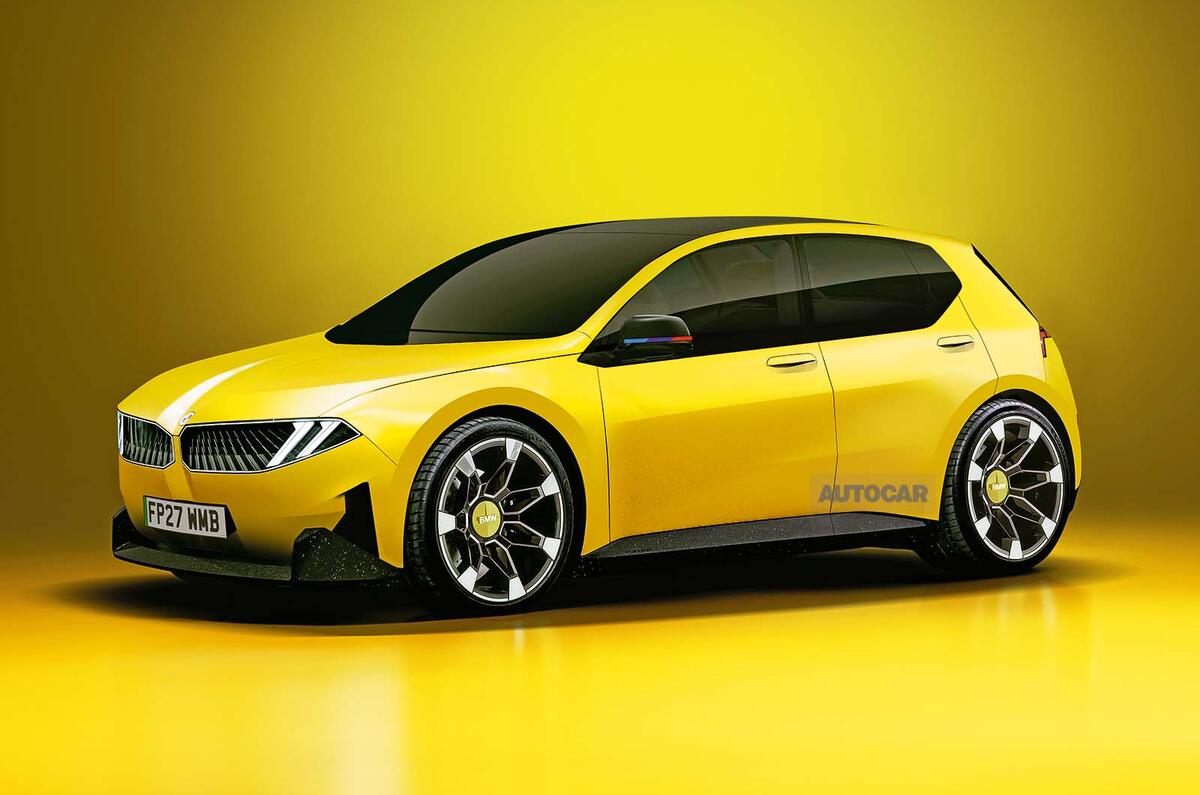
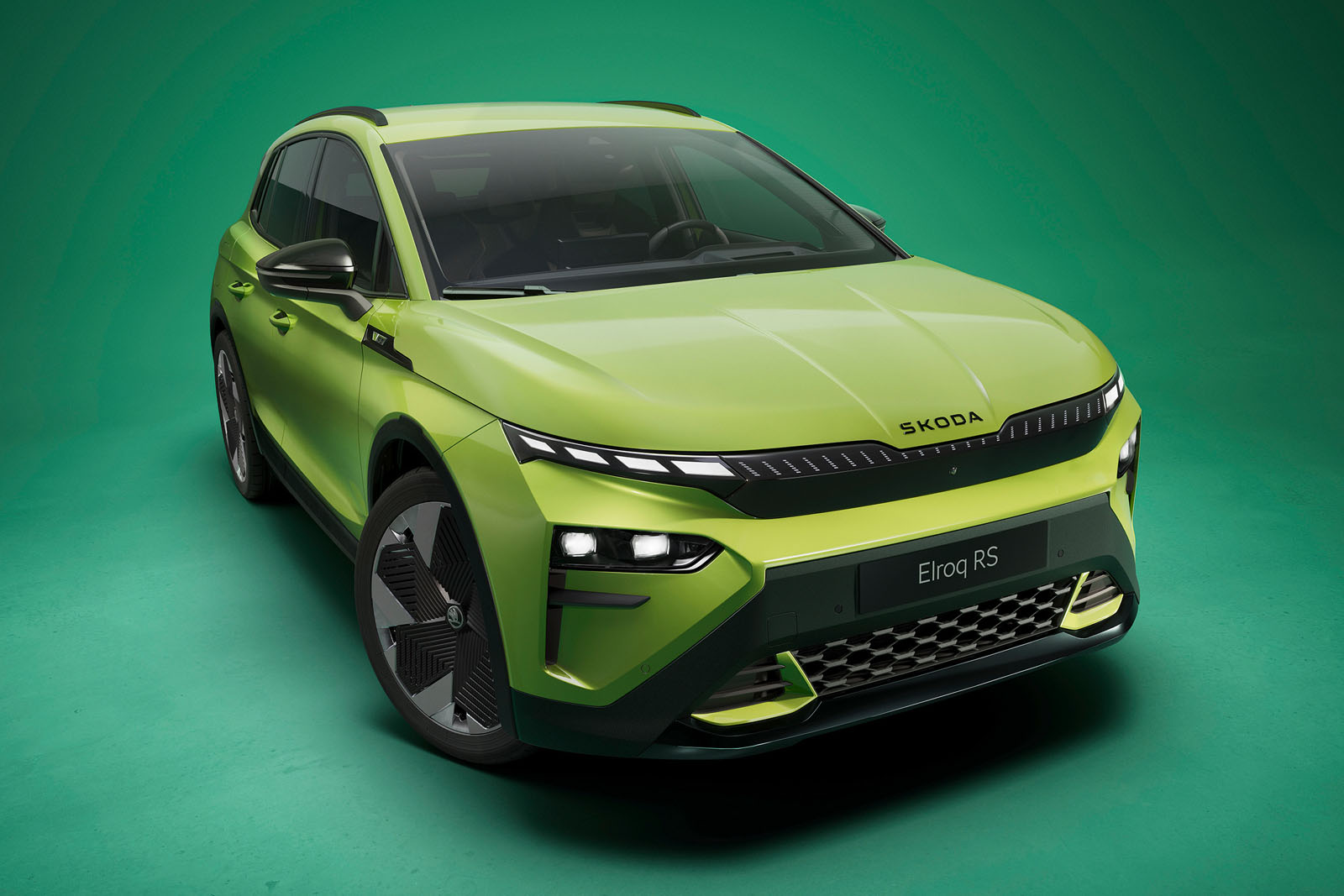
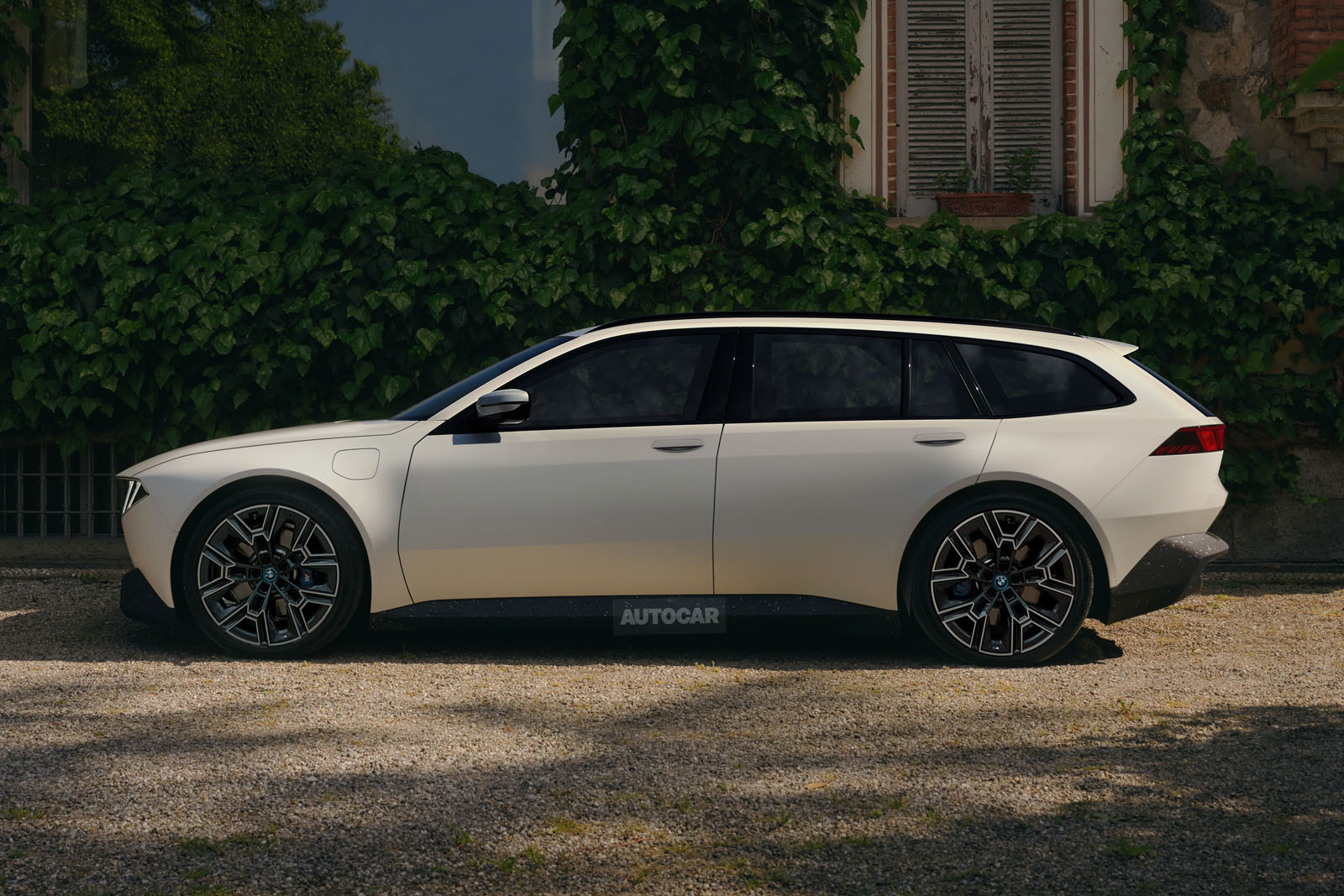










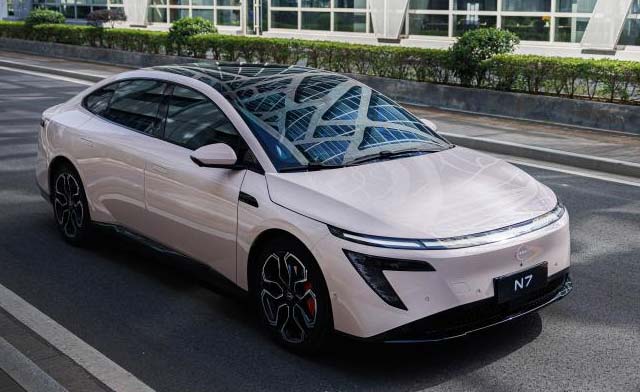
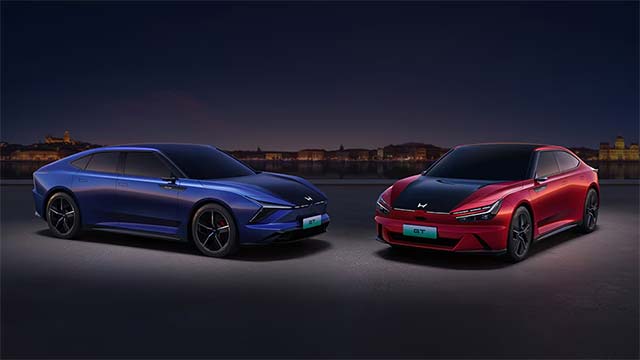
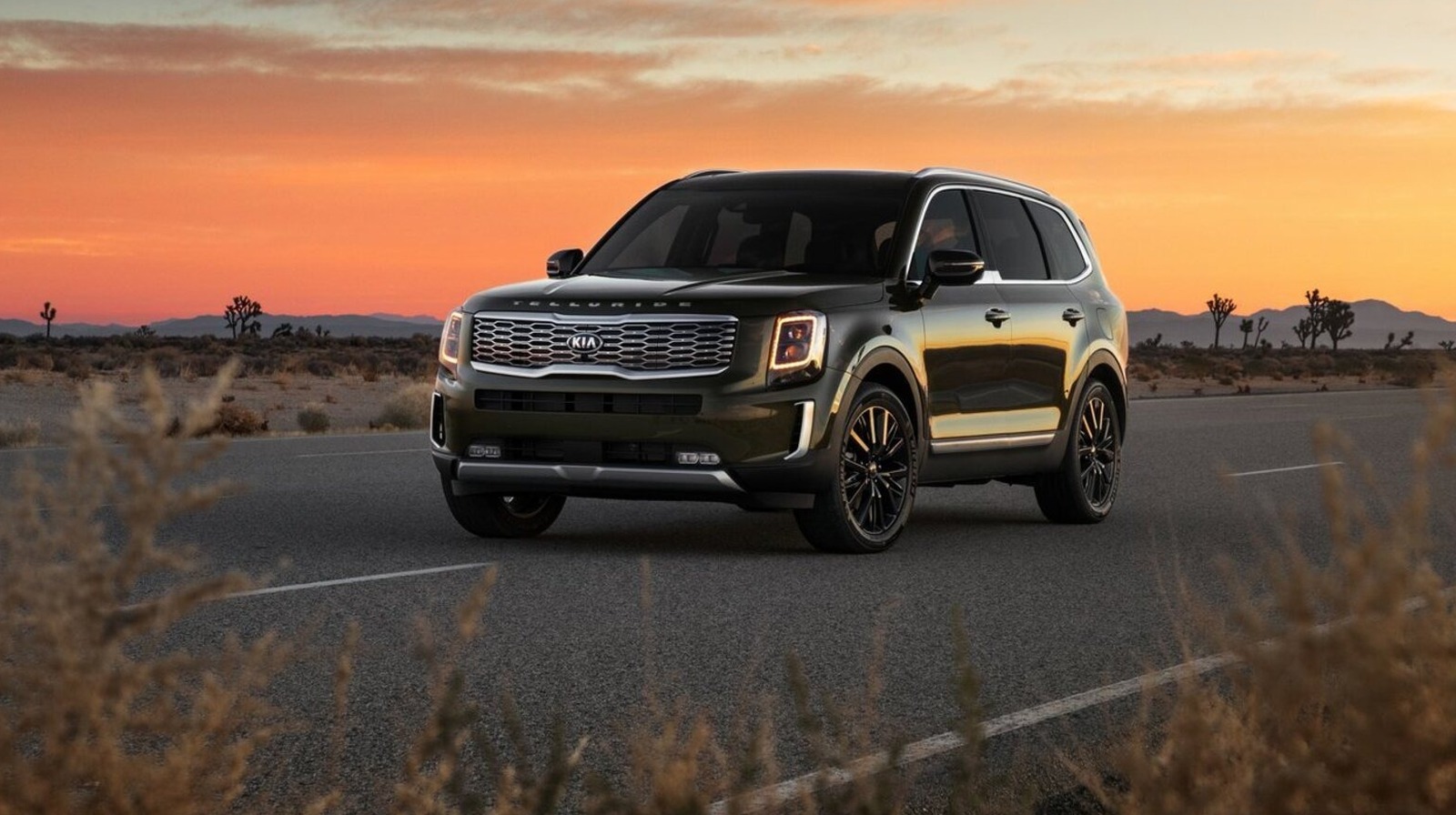


























































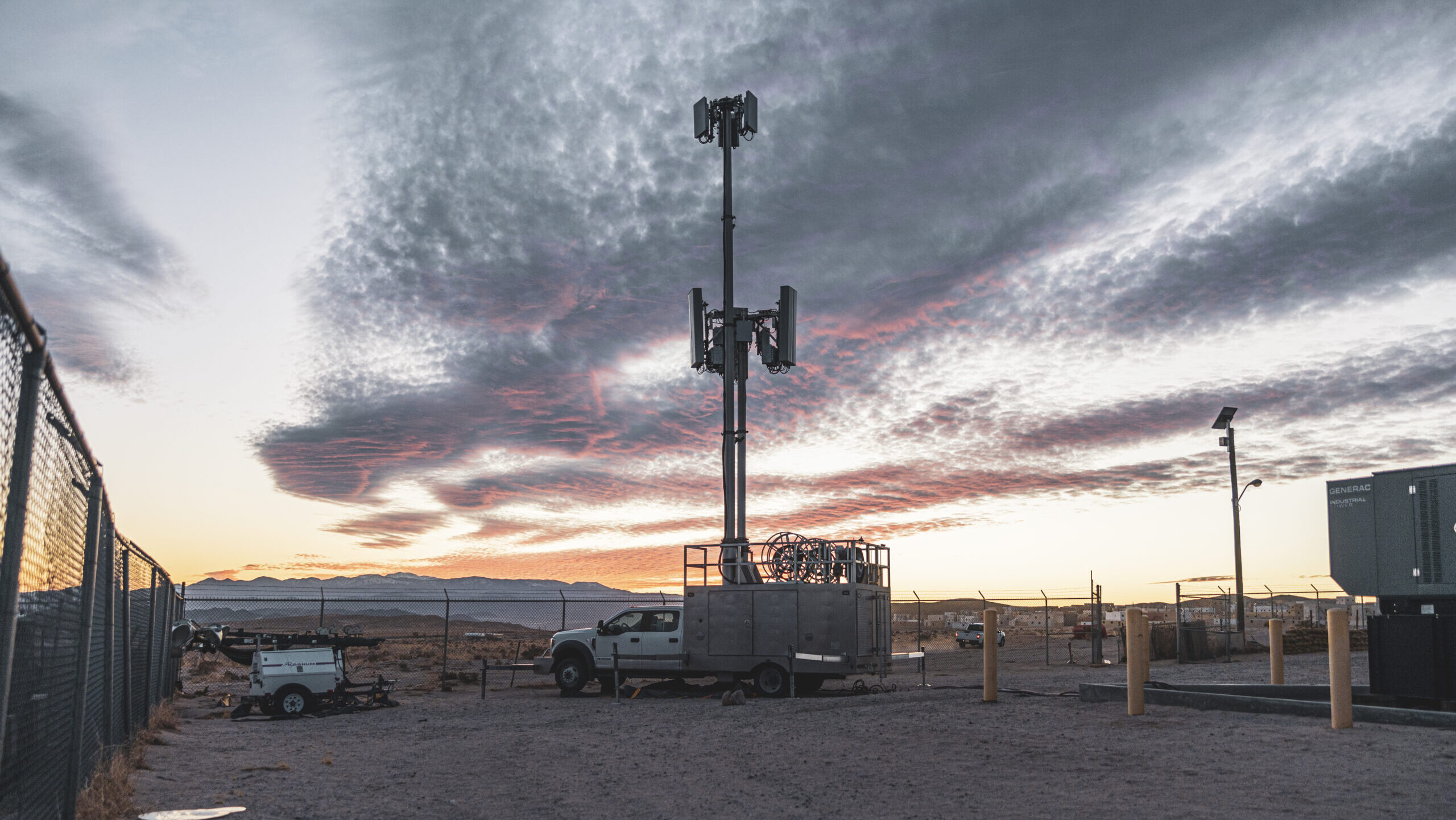














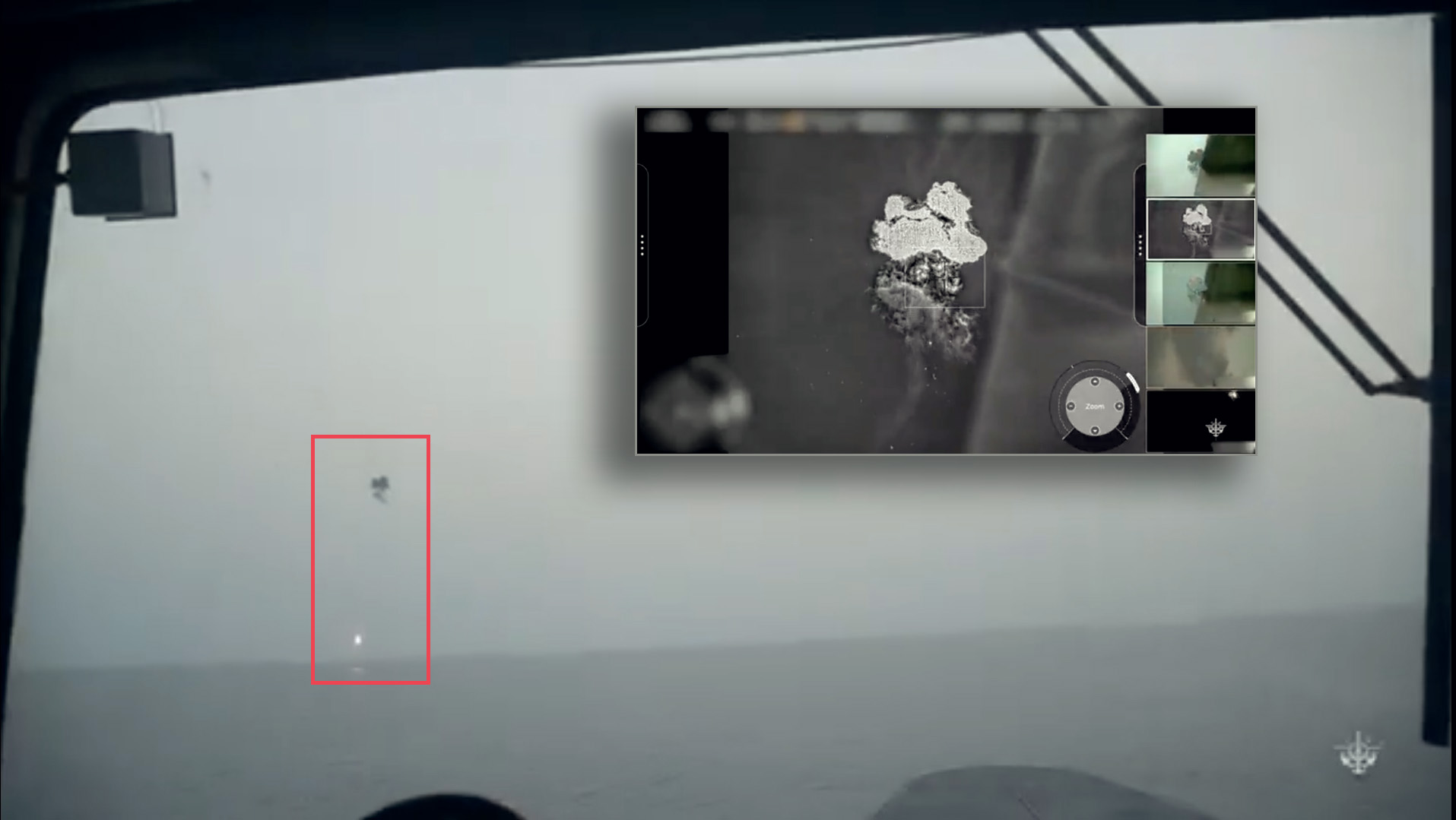









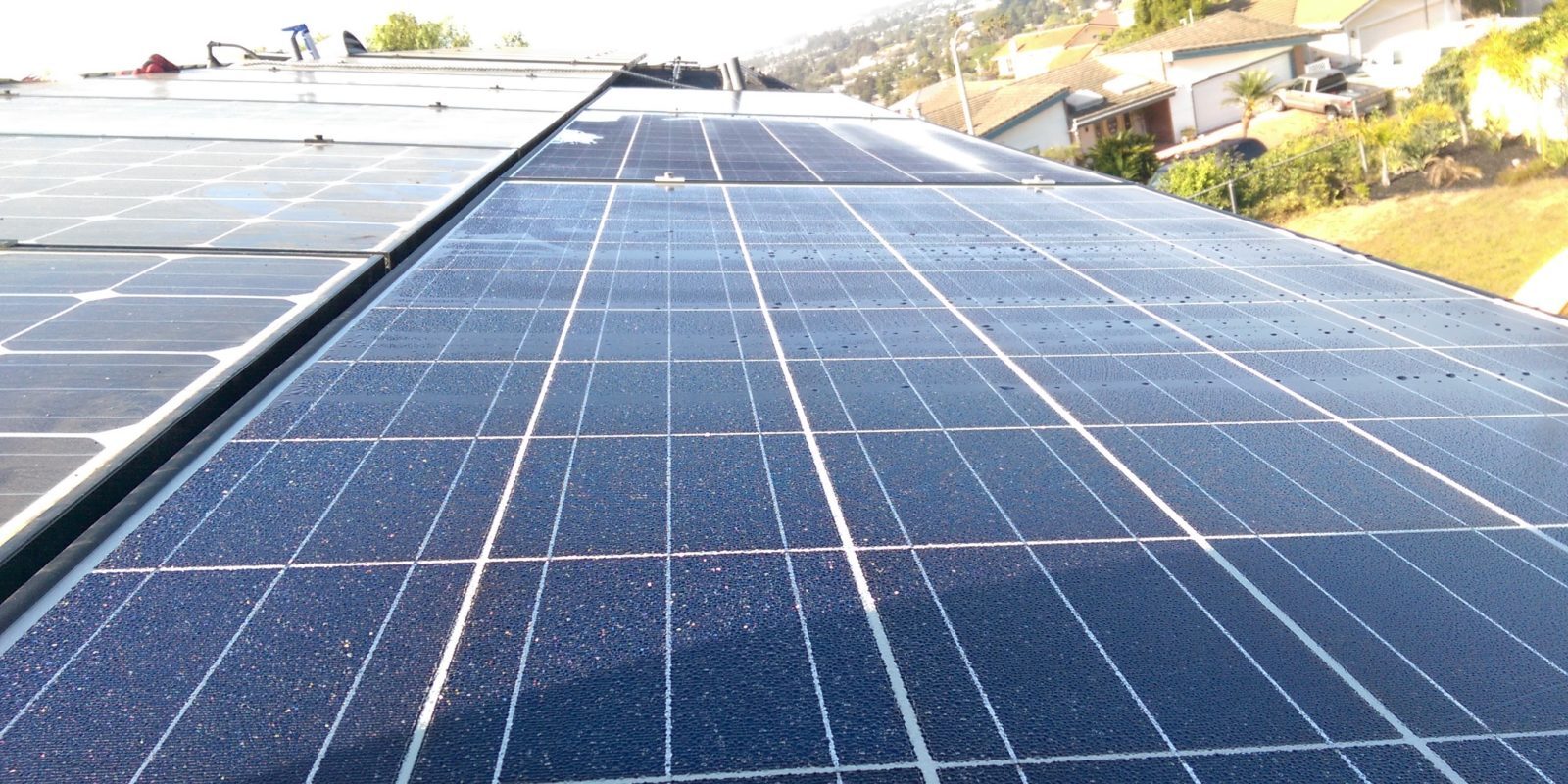



















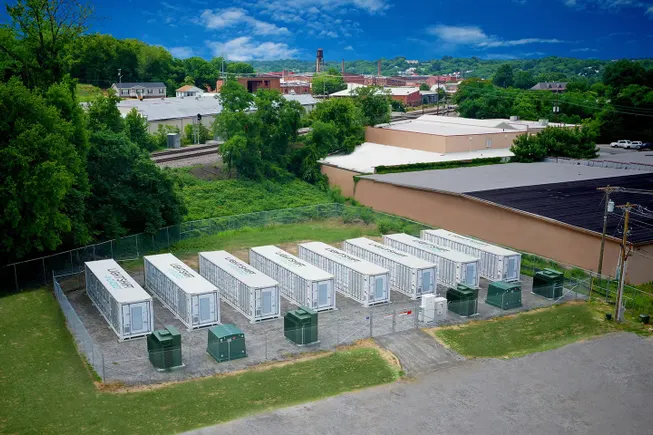


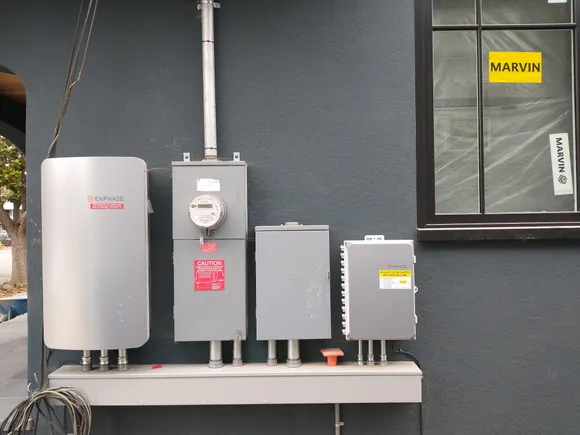























.jpg)








